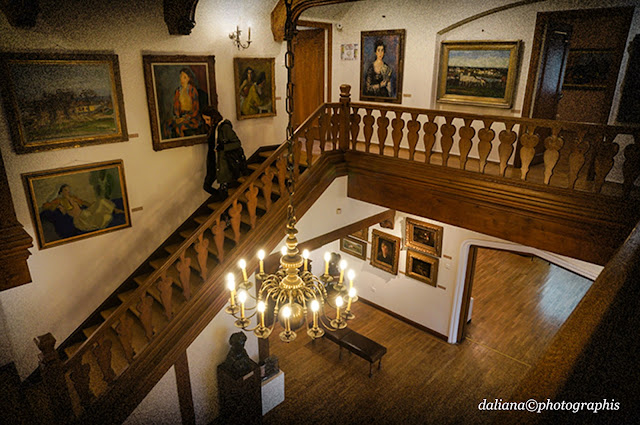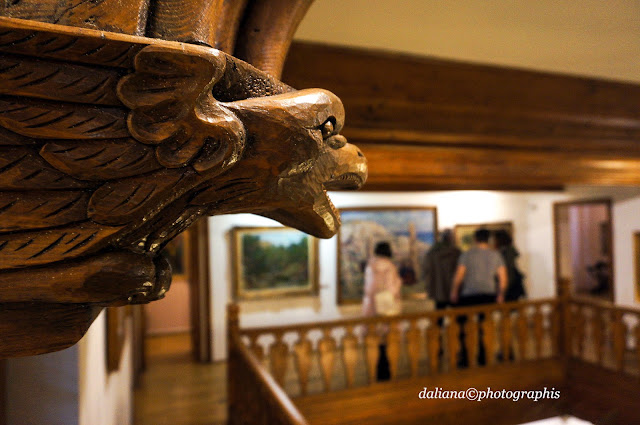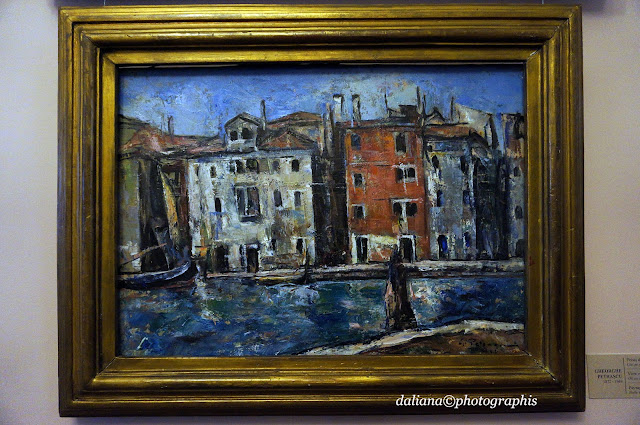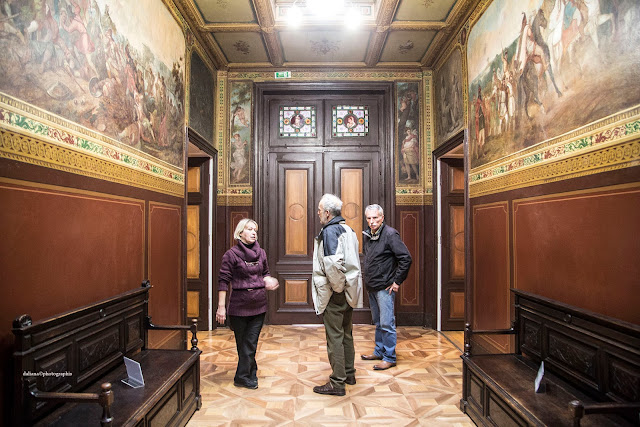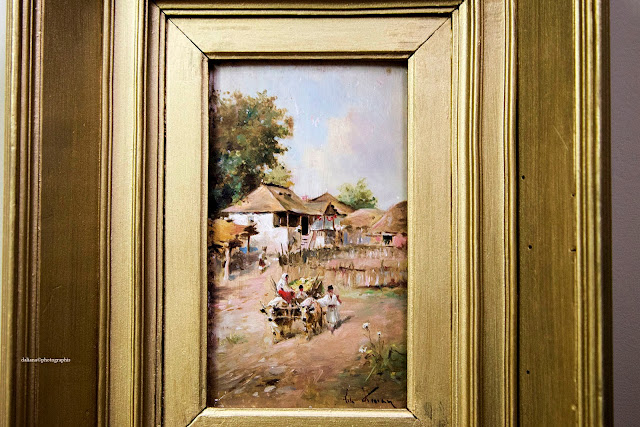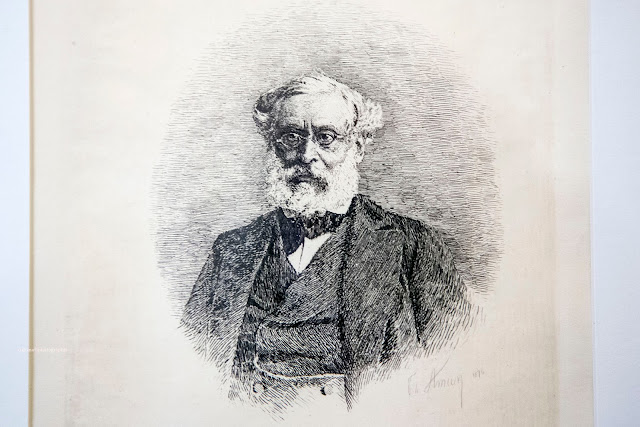Theodor Aman s-a născut pe 20 martie 1831 la Câmpulung-Muscel. După
lecţii de desen cu pictorul Constantin Lecca, la Şcoala Centrală din
Craiova studiază la Colegiu Sfântul Sava din Bucureşti de unde pleacă în
1850 la Paris. Aprofundează pictura cu Michel Martin Drolling, apoi,
din 1851, cu Francois Edouard Picot.
Se dedică picturii influenţat de maeştrii Renaşterii italiene. Revenit
pe meleagurile natale s-a inspirat din viaţa muscelenilor lăsând mai
multe pânze cu peisaje din Câmpulung şi împrejurimi. Numele său a rămas
în istoria artei româneşti nu doar prin valoarea operelor semnate, ci şi
prin contribuţia avută la întemeierea primelor şcoli de Arte frumoase,
la Bucureşti şi Iaşi. Prestigiul de care s-a bucurat Aman a fost sporit
şi de funcţia sa de director al Şcolii naţionale de arte frumoase, încă
de la înfiinţarea acestei instituţii (5 octombrie 1864). În pictura sa
de o rigoare academistă, simbolurile evocărilor istorice aduc o anume
prospeţime, în sensul situării artistului în actualitate. Noutatea
pânzelor sale ţine astfel mai mult de răspunsurile tematice la
preocupări sociale şi politice din perioada fondării statului naţional
român. Nu lipsesc însă şi unele încercări de luminare a paletei, de
surprindere a instantaneului, ce ne vorbeşte despre ecoul, fie şi palid,
al experienţelor unor artişti francezi care pictau în aer liber, la
Barbizon, în împrejurimile Parisului, unde în deceniul al şaptelea şi al
optulea, se pun bazele impresionismului Începe să picteze încă de pe
atunci o serie de compoziţii istorice, unul din genurile sale preferate
în care va excela. Trece la cele veșnice pe 19 august 1891 .
Muzeul Theodor Aman este una dintre cele mai frumoase reşedinţe
particulare din Bucureşti, construită în anul 1868 după proiectele
proprietarului, care a fost pictorul Theodor Aman. De asemenea este una
dintre puţinele reşedinţe care nu au suferit modificări în decursul
timpului, fiind prima casă-atelier de artist din România.
De la planurile casei şi decoraţia exterioară (realizată în
colaborare cu sculptorul Karl Storck) la decoraţia interioară: pictura
murală, vitraliile, decoraţia pictată pe tâmplărie, stucatura tavanelor,
lambriurile atelierului şi mobilierul casei, toate sunt reflectarea
viziunii lui Theodor Aman.
Muzeul Theodor Aman a fost deschis în anul 1908 şi este unul
dintre cele mai vechi muzee memoriale din România. El păstrează
atmosfera vieţii private din perioada Belle Epoque alături de cea mai
mare parte a lucrărilor pictorului Theodor Aman.
The Theodor Aman Museum is one of the most beautiful private
residences in Bucharest, built in the year 1868 following Theodor Aman’s
own designs. It is also one of the few buildings which has remained
unchanged during its existence, and is the first workshop-residence in
Romania.
From the architectural plans of the house and exterior
decorations (done in colaboration with sculptor Karl Storck) to the
interior design (mural paintings, stained glass, stucco ceilings, wooden
panelling in the workshop, and the house’s furniture), the house
reflects Theodor Aman’s vision.
The Theodor Aman Museum was opened in 1908 and is one of the
oldest memorial museums in Romania. The house maintains its intimate
atmosphere, gained during the Belle Époque period, and holds a large
part of painter Theodor Aman’s works.
Theodor Aman was one of the most important
Romanian painters of the XIXth century. His works blend Romanticism and
Academicism, as well as bearing characteristics of
early/Pre-Impressionism. He took drawing lessons with the painter
Constantin Lecca, at Central School in Craiova, and in 1850 he leaves
for Paris. Here, he studies painting at the Academy of Fine Arts, under
the supervision of Michel Martin Drolling and François Edouard Picot. He
returns to Romania in 1857, already established as a painter. His
workshop becomes one of the most popular meeting places of high society,
„the only artistic center of Bucharest's elite of that time“. His
contribution to Romanian art transcends his work, by his important
contribution to the establishment of the first Fine Arts School in
Bucharest (1864), where he was both the first teacher and the director.
The thematics approached by Theodor Aman in his works - historical
painting, gender and Oriental scenes, scenery, still nature - are
distinctly represented in the exhibition, through works of important
heritage value. The techniques employed by Theodor Aman range from easel
painting, engraving and drawing. Moreover, his works range from large
scale painting (particularly heroic representations of the past and
historical portraits) and small scale works (contemporary or daily life
projects).






